Table of content
- Germination Phase
- Vegetative Growth
- Maturation and Harvesting
- Humidity Considerations
- Soil Texture and Drainage
- pH Levels
- Nutrient Requirements
- Irrigation Frequency
- Water Quality
- Photoperiodic Responses
- Shade Management
- High-Altitude Cultivation
- Lowland Environments
- Greenhouse Cultivation
- Genetic Selection
- Pest Management
- Disease Resistance
Green onions, scientifically known as Allium fistulosum, are versatile perennial plants widely cultivated across the globe for their mild, aromatic flavor and culinary flexibility. Their ability to thrive in diverse climates and soil types has made them a staple in kitchens and agricultural practices alike. However, understanding the specific environmental conditions that foster healthy growth is critical for maximizing yield and quality. This article delves into the intricate balance of climate, soil, water, sunlight, and geographical factors that define the ideal growth environment for green onions.
Climate Requirements: Temperature and Humidity
Green onions exhibit remarkable adaptability to temperature fluctuations, yet their growth cycles are intricately tied to specific thermal ranges. The plant’s life cycle can be divided into three phases: germination, vegetative growth, and maturation. Each phase responds differently to environmental cues.
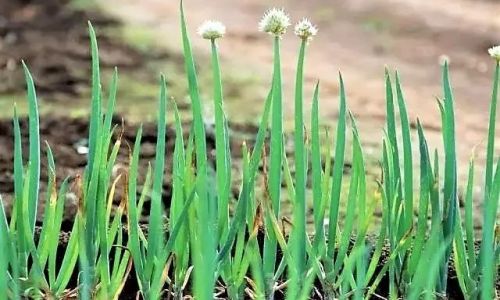
Germination Phase
During germination, seeds require consistent moisture and temperatures between 15°C and 25°C (59°F–77°F). Exposure to temperatures below 10°C (50°F) can delay germination, while exceeding 30°C (86°F) may induce dormancy or kill the embryo. Farmers in temperate regions often sow seeds in early spring or late summer to align with these optimal conditions.
Vegetative Growth
Once sprouted, green onions enter a vegetative phase characterized by rapid leaf and shoot development. This stage thrives in cooler temperatures, ideally between 18°C and 22°C (64°F–72°F). Moderate day-night temperature differentials enhance nutrient accumulation in the bulbs. For instance, regions with mild summers, such as parts of Europe and North America’s Pacific Northwest, consistently produce high-quality crops due to stable climatic conditions.
Maturation and Harvesting
As the plant nears maturity, temperatures between 20°C and 25°C (68°F–77°F) accelerate bulb formation. However, prolonged exposure to heat above 30°C (86°F) can trigger premature bolting—the transition from vegetative to reproductive growth, resulting in tough, inedible stalks. To mitigate this, growers in subtropical zones often employ shade nets or adjust planting schedules to avoid peak summer heat.
Humidity Considerations
Green onions prefer moderate humidity levels (60–70%) to prevent excessive transpiration. In arid regions, irrigation frequency must increase to maintain soil moisture, while in humid tropics, proper spacing and airflow prevent fungal diseases like Peronospora destructor, which thrives in damp conditions.
Soil Composition and Fertility
The rhizosphere—the soil region surrounding plant roots—plays a pivotal role in nutrient uptake and overall plant health. Green onions are relatively undemanding regarding soil type but exhibit distinct preferences for texture, pH, and organic content.
Soil Texture and Drainage
Loamy soils, rich in silt and sand, offer the ideal balance of water retention and aeration. Heavy clay soils can suffocate roots due to poor drainage, while sandy soils may leach nutrients rapidly. To address this, farmers often amend soil with compost or peat moss to enhance structure. For example, in Japan’s Chiba Prefecture, green onion growers incorporate rice husks to improve soil porosity, ensuring robust root development.
pH Levels
Green onions flourish in slightly acidic to neutral soils with a pH range of 6.0–7.0. Acidic soils (below pH 5.5) limit nitrogen availability, while alkaline conditions (above pH 7.5) reduce iron uptake, leading to chlorosis (yellowing leaves). Regular soil testing and amendments like lime (for acidity) or sulfur (for alkalinity) help maintain optimal pH levels.
Nutrient Requirements
Nitrogen is paramount for leafy growth, with green onions requiring 120–150 kg/ha annually. Phosphorus aids root development, and potassium enhances disease resistance. A balanced fertilizer regimen, such as a 10-10-10 NPK ratio applied every 4–6 weeks, sustains vigor. Organic growers often use fish emulsion or alfalfa meal to achieve similar results without synthetic chemicals.
Water and Irrigation Practices
Water stress significantly impacts green onion yield and quality. The plant’s shallow root system (typically 30–45 cm deep) necessitates consistent moisture, particularly during bulbing stages.

Irrigation Frequency
In temperate zones, natural rainfall often suffices, but supplemental irrigation may be required during dry spells. In arid regions like California’s Central Valley, drip irrigation systems deliver water directly to roots, minimizing evaporation and weed growth. Overwatering, however, risks root rot—a common issue in monsoon-prone areas like Southeast Asia.
Water Quality
Green onions are sensitive to saline water. Irrigation with water exceeding 2,000 ppm salinity can cause osmotic stress, stunting growth. Growers in coastal regions often install reverse osmosis systems to desalinate water, ensuring plant health.
Sunlight Exposure and Photoperiod
Light intensity and duration influence green onion growth patterns. While the plant tolerates partial shade, full sunlight (6–8 hours daily) optimizes photosynthesis and bulb formation.
Photoperiodic Responses
Green onions are day-neutral plants, meaning flowering is not triggered by daylight duration. This trait allows cultivation across latitudes, from equatorial regions to mid-latitudes. However, in polar regions, extreme daylight variations may still affect growth rhythms.
Shade Management
In tropical zones, 30–40% shade cloth reduces heat stress without compromising light exposure. This technique is widely used in Mexico’s central highlands, where green onions are intercropped with maize to provide natural shade.
Altitude and Geographical Influences
Elevation affects temperature, UV exposure, and atmospheric pressure—all critical for green onion cultivation.
High-Altitude Cultivation
At altitudes above 1,500 meters, cooler temperatures slow growth but enhance flavor intensity. Regions like the Andes Mountains in Peru cultivate green onions at 2,000 meters, leveraging crisp nights to develop sweeter bulbs. However, frost risk necessitates protective coverings during winter.
Lowland Environments
Low-altitude areas, such as Egypt’s Nile Delta, benefit from warmer climates and prolonged growing seasons. Farmers here employ raised beds to improve drainage and combat waterlogging during monsoon months.
Seasonal Adaptations and Crop Rotation
Green onions are often planted in spring or autumn to avoid extreme temperatures. In subtropical zones like India’s Punjab region, staggered planting every 3–4 weeks ensures year-round harvests. Crop rotation with legumes (e.g., peas or beans) replenishes soil nitrogen, reducing fertilizer dependency.
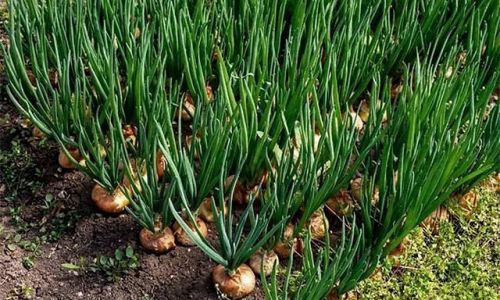
Human Intervention and Modern Practices
Advancements in agriculture have expanded green onion cultivation beyond traditional boundaries.
Greenhouse Cultivation
Controlled environments allow year-round production in regions like the Netherlands, where hydroponic systems optimize water and nutrient delivery. LED lighting extends daylight hours, accelerating growth cycles.
Genetic Selection
Breeding programs have developed heat-tolerant and bolt-resistant varieties, such as the ‘Evergreen Bunching’ cultivar, which thrives in subtropical climates. These strains reduce crop loss and enhance farmer profitability.
Challenges in Adverse Environments
Despite their adaptability, green onions face threats from pests, diseases, and environmental stressors.
Pest Management
Thrips and onion maggots are common pests. Integrated Pest Management (IPM) strategies, including neem oil sprays and beneficial insect releases (e.g., ladybugs), minimize chemical use.
Disease Resistance
Downy mildew and white rot thrive in humid conditions. Copper-based fungicides and crop rotation help curb outbreaks, though organic growers often rely on biofungicides like Trichoderma harzianum.
Conclusion
The growth environment for green onions is a multifaceted interplay of climate, soil, water, and human intervention. By aligning cultivation practices with the plant’s biological needs—moderate temperatures, well-drained loamy soils, consistent moisture, and adequate sunlight—growers can achieve consistent, high-quality yields. Advances in protected agriculture and genetic research continue to expand the boundaries of where and how green onions are cultivated, ensuring this humble herb remains a global culinary mainstay. Whether grown in a backyard garden or a commercial hydroponic facility, understanding and respecting the plant’s environmental requirements remains the cornerstone of successful cultivation.
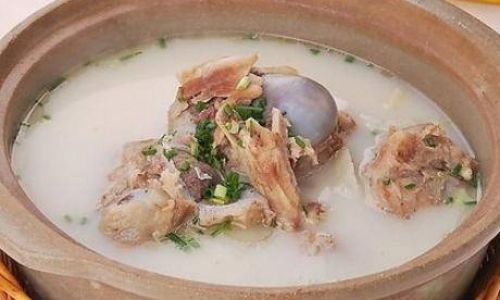
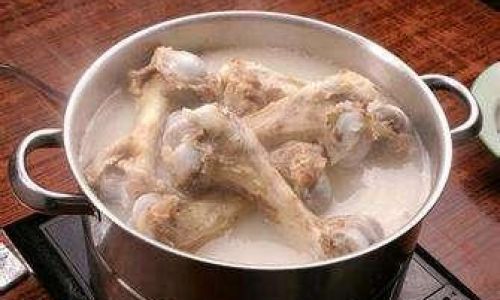
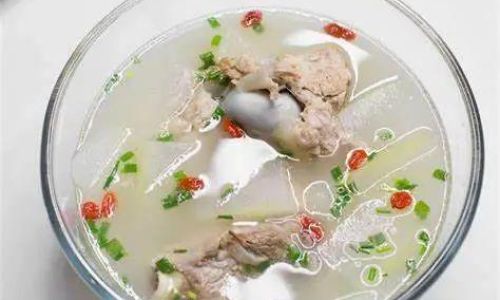
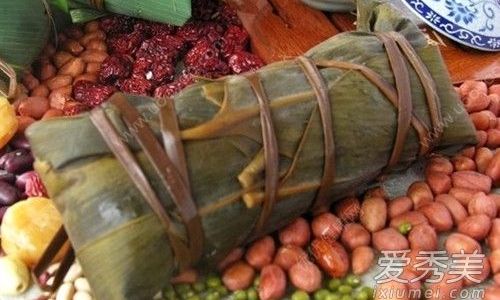
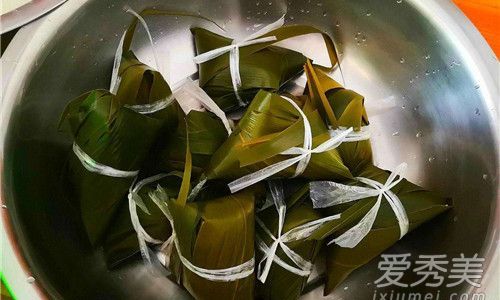
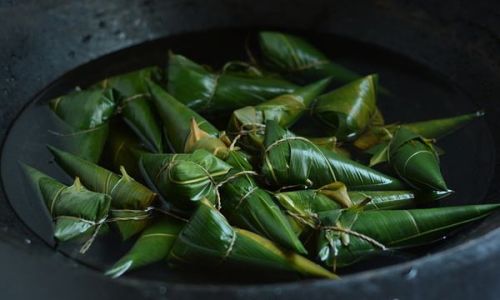
0 comments